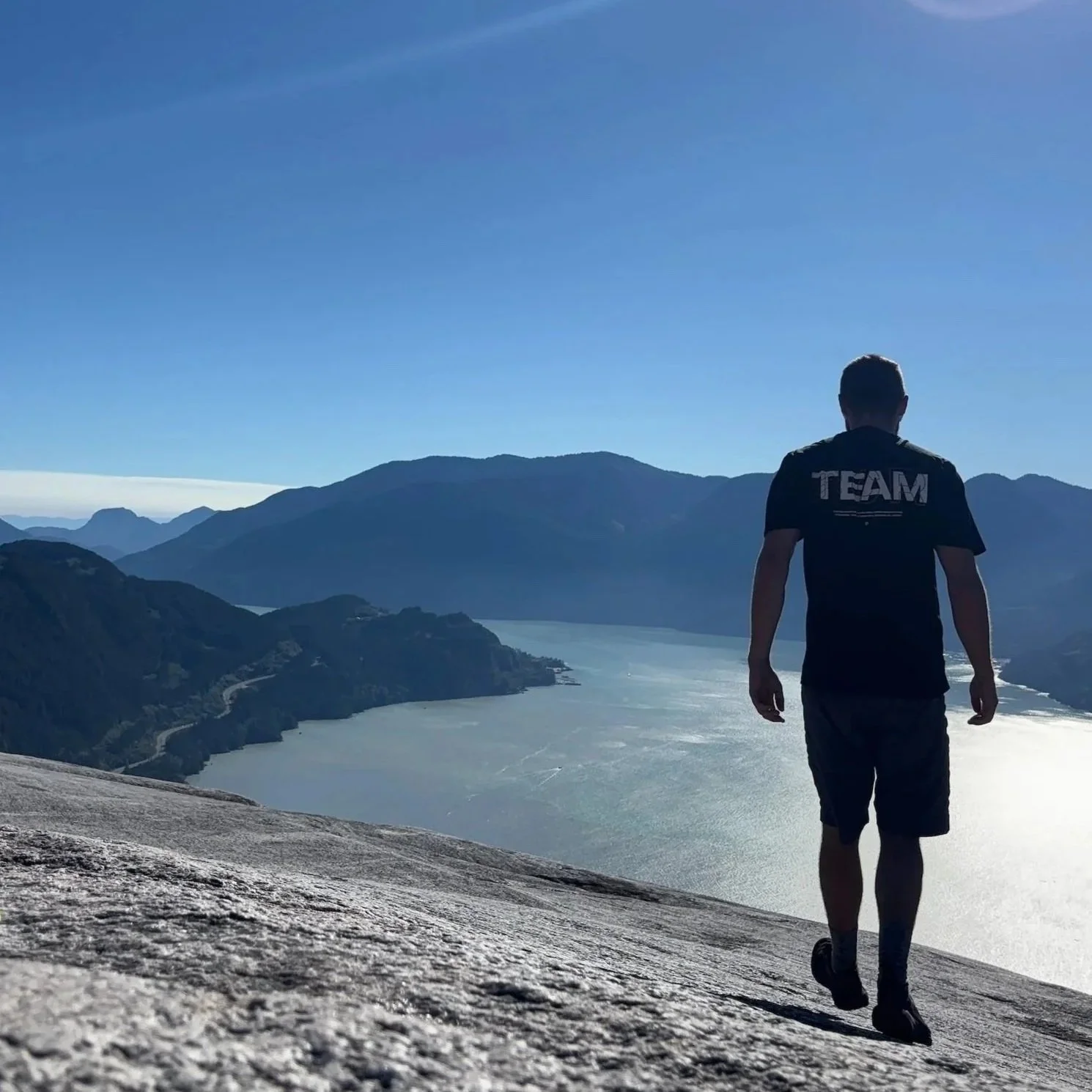Hot Aches- An Unpleasant Winter Sport Phenomena
By Quinn Turner, Registered Physiotherapist
It’s minus 20 deg Celsius and you are out ice climbing. The higher you climb, the more you notice your fingers losing sensation, slowly turning into numb blocks gripping your ice axes. You begin to lose your finger dexterity, and you desperately attempt to shake some blood back into your hands. Finally, you reach the end of the climb and relax. Slowly, you begin to feel tingling in your fingers.
This brief moment of relief is followed by a bout of excruciating pain and nausea.
So what is going on?
The hot aches, or more accurately referred to as the “screaming barfies” (SB) are a common winter sport phenomenon experienced by ice climbers and skiers 1 . Up to 96% of ice climbers experience SB in their hands on a regular basis, while only 20% of skiers report having them- usually in the feet 2 . Generally lasting 1-5 minutes, the most common symptoms are pain (87%), throbbing (70%), tingling (52%), nausea (44%), irritability (32%) & dizziness (20%) 1.
Sounds awful, right? Right. But why is this occurring?
Early theories leaned towards it being mild frostbite- however, no reliable long-lasting symptoms can be identified with SB which is atypical of frostbite. Instead, a much more complicated
process occurs.
This begins when blood vessels are exposed to the cold. They reactively expand to attempt to supply the region with blood. This process is regulated by a signalling molecule called nitric oxide (NO) that is produced inside your blood vessels 1 . Combine this expansion of tiny blood vessels with forcefully gripping the ice axe overhead, and you can imagine how blood reserved for the fingers is drained downwards due to gravity. Since the fingers continue to get colder due to lack of blood, more NO is produced- a vicious cycle 1.
A unique part of this phenomena is that the stress and exertion of climbing modifies pain & a climber’s response to cold. This is why they occur often only at the end of a climb when one relaxes both mentally and physically 1 . The good news is (and we don’t know why) but you will often only experience SB one time during the entire day 3 .
If you want to stay strong, safe, and pain-free on your next climb, book a session with Quinn Turner today and get personalized guidance to keep your hands—and your whole body—performing at their best.
References:
1. Melvin, A., & George, J. (2016). A Descriptive Study of Hot Aches: a Previously Unreported Winter Climbing Phenomenon. Sports Medicine - Open, 2(1), 1. https://doi-org.login.ezproxy.library.ualberta.ca/10.1186/s40798-016-0062-
2. Beyer, A., Ganti, A., & Byrne, B. (2017). Prevalence of the “Screaming Barfies”. Among North American Ice Climbers. Wilderness & Environmental Medicine, 28(4), 367. https://doi-org.login.ezproxy.library.ualberta.ca/10.1016/j.wem.2017.08.013
3. Brandon Pullan. (2018, December 26). The Screaming Barfies can ruin a good winter day. Bow Valley Crag & Canyon (Alberta, Canada)



